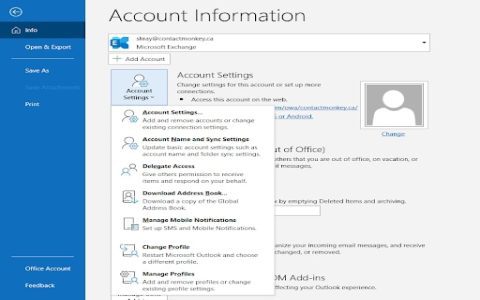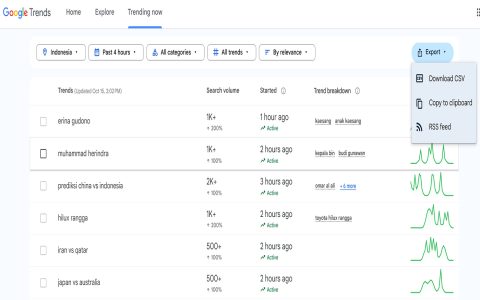Deciding between sending a separate email or incorporating content within an existing message depends on specific factors to maintain clarity and efficiency in professional communication.
When to Use a Separate Email
- Unrelated topics: If the new content has no connection to the current thread, it prevents confusion.
- Different recipients: When the audience varies significantly from the original email, ensure targeted communication.
- High-priority or sensitive issues: Separate messages draw attention to critical matters and maintain confidentiality.
When to Use the Same Email
- Related updates: Add attachments or brief details to an ongoing thread to keep information cohesive.
- Minimize clutter: Avoid overwhelming recipients with multiple emails for minor additions.
- Reference context: Include supplementary details directly if they support the original message's purpose.
Key Decision Guidelines
- Assess relevance: Only create a separate email if the content stands alone logically.
- Consider timing: Send a new message for urgent items to ensure visibility.
- Prioritize recipient experience: Reduce email volume where possible to respect inbox management.
Always evaluate based on impact and urgency to optimize professional exchanges.








